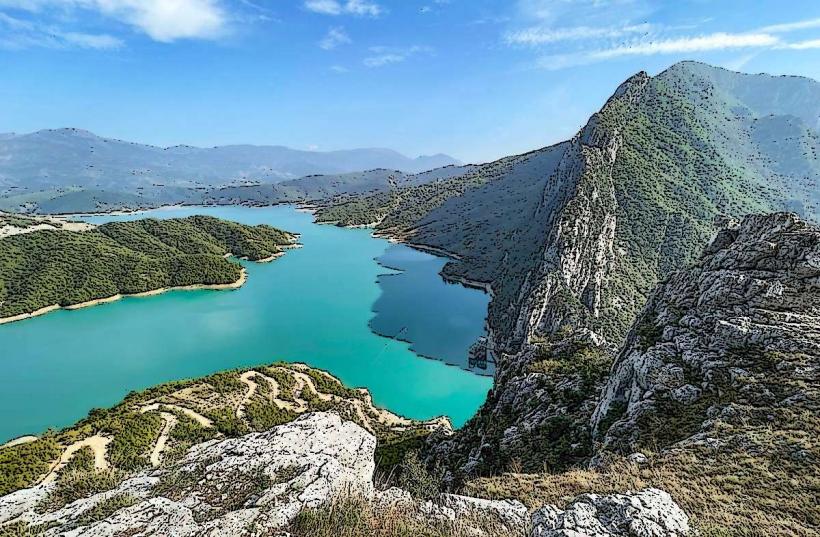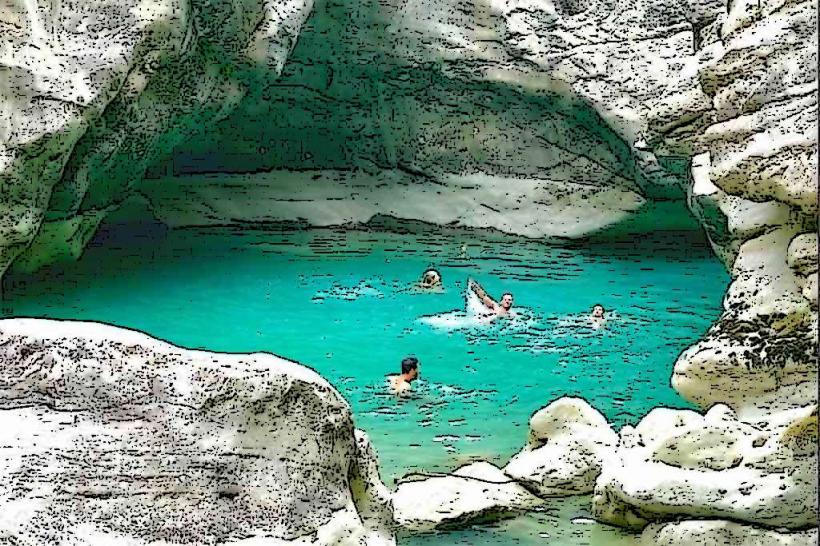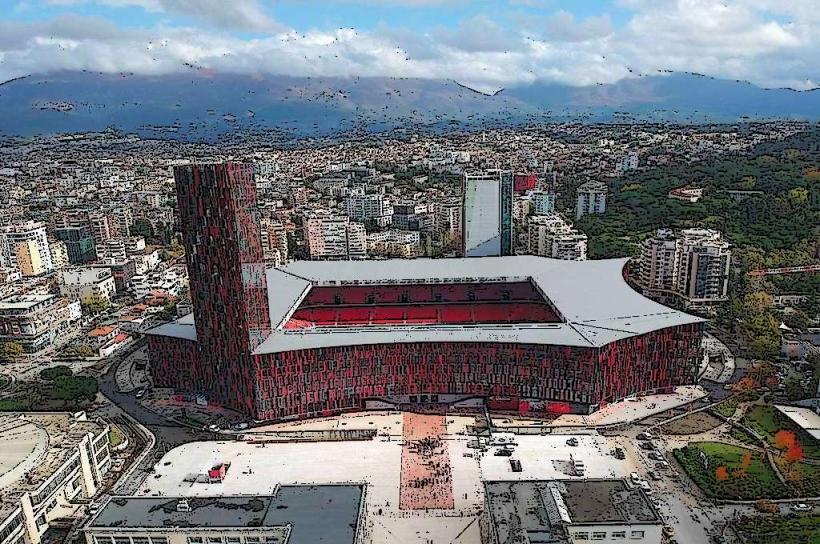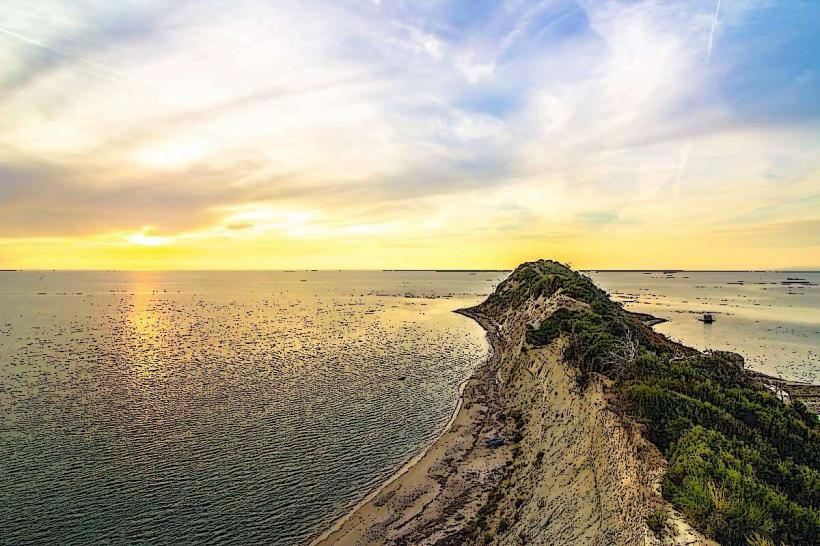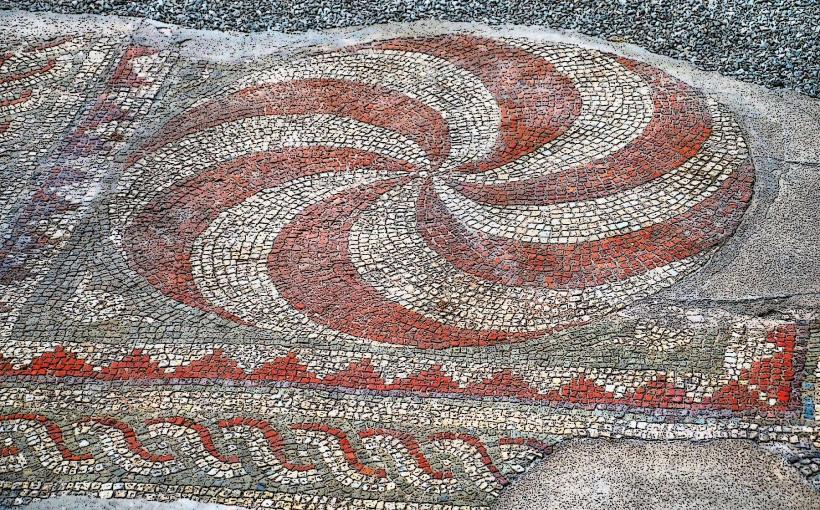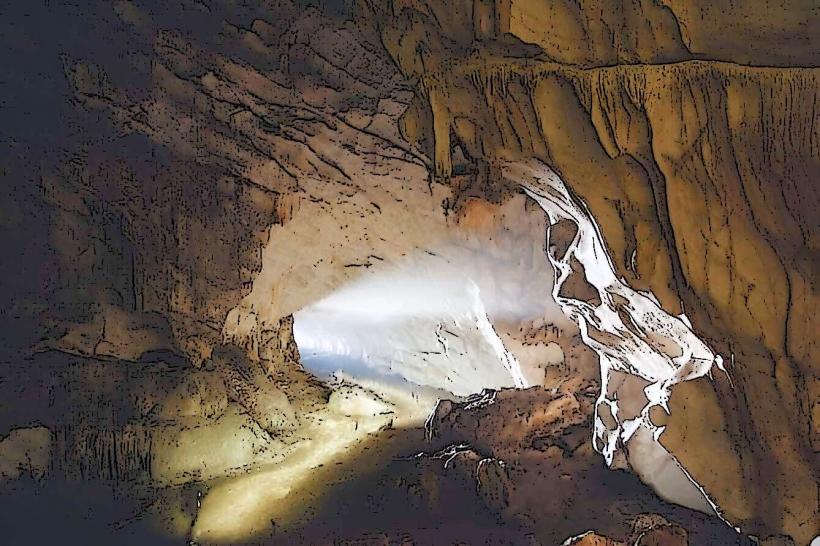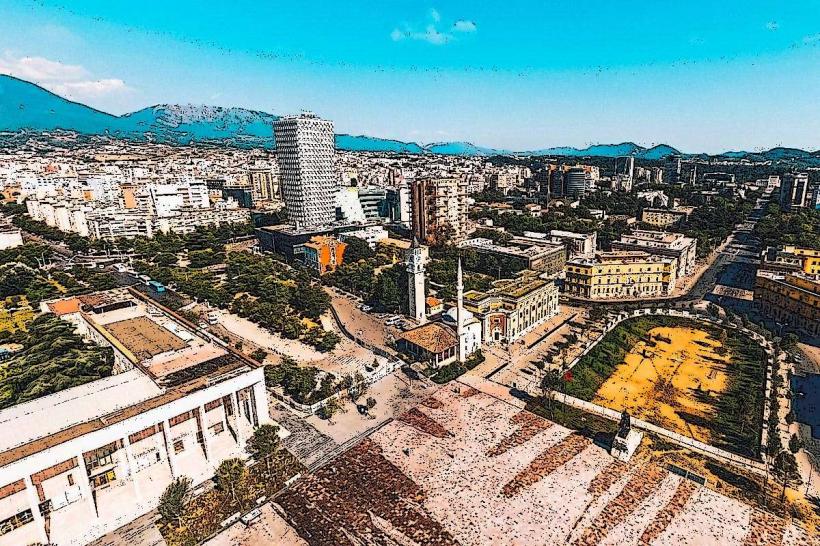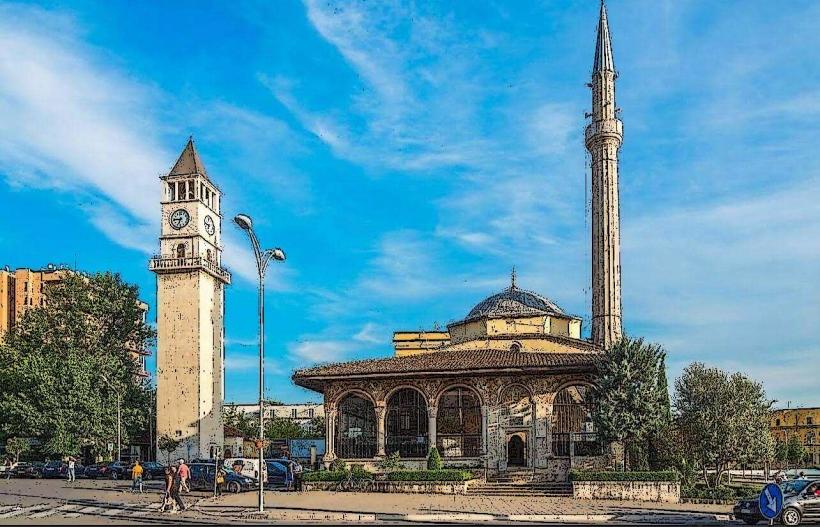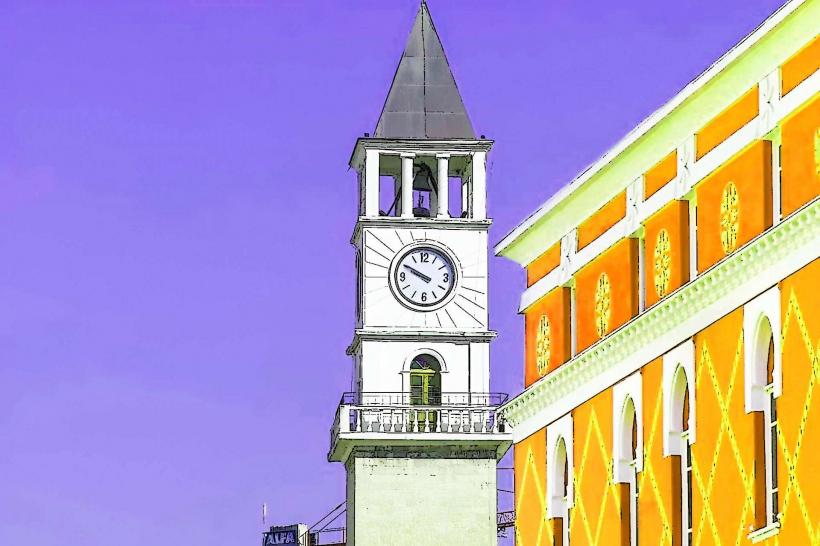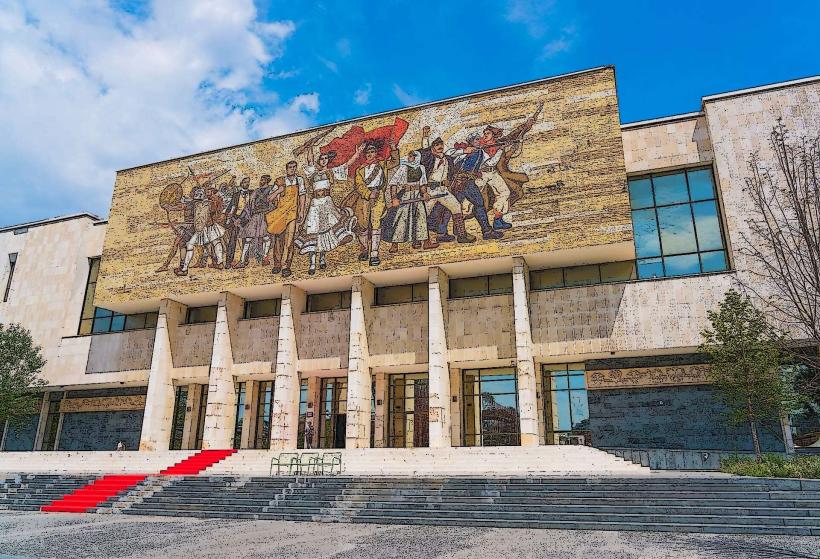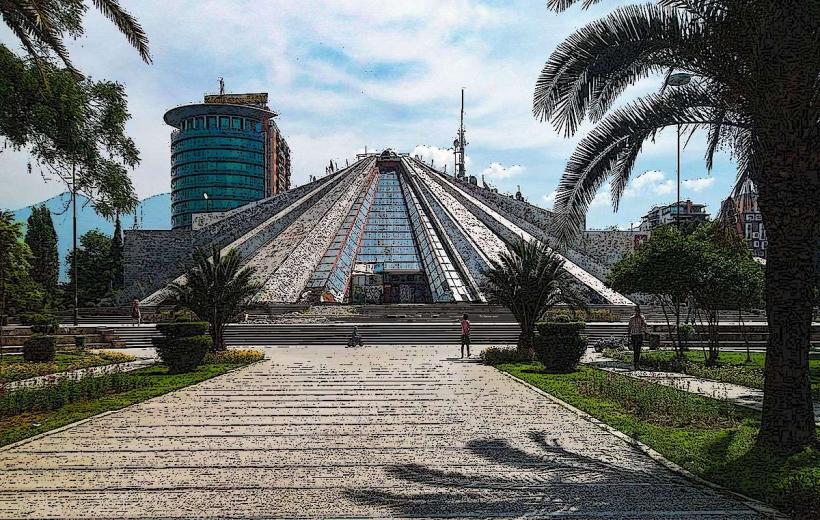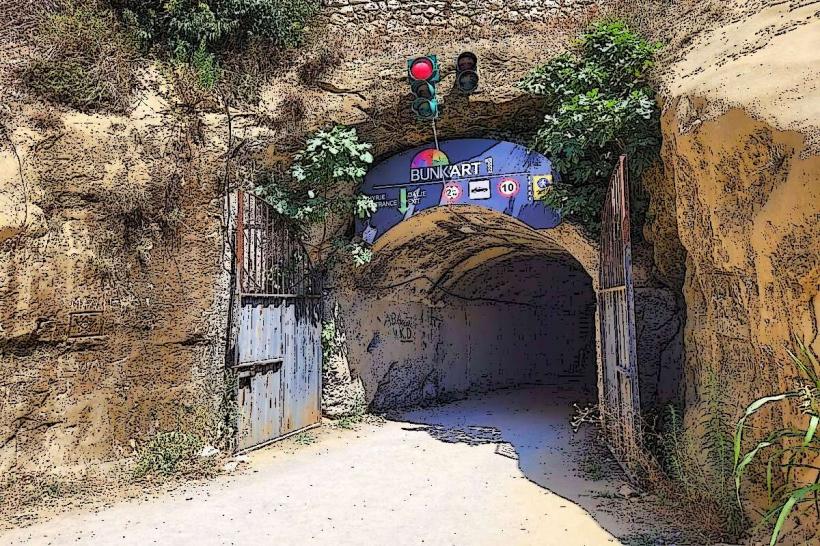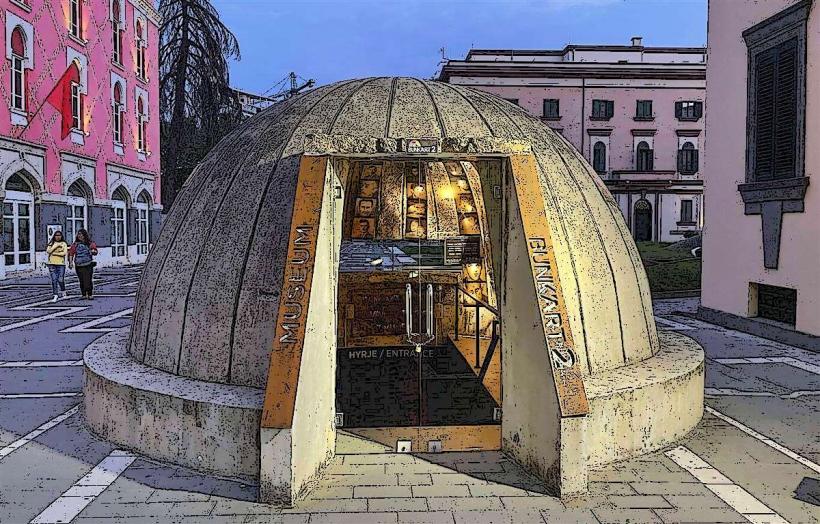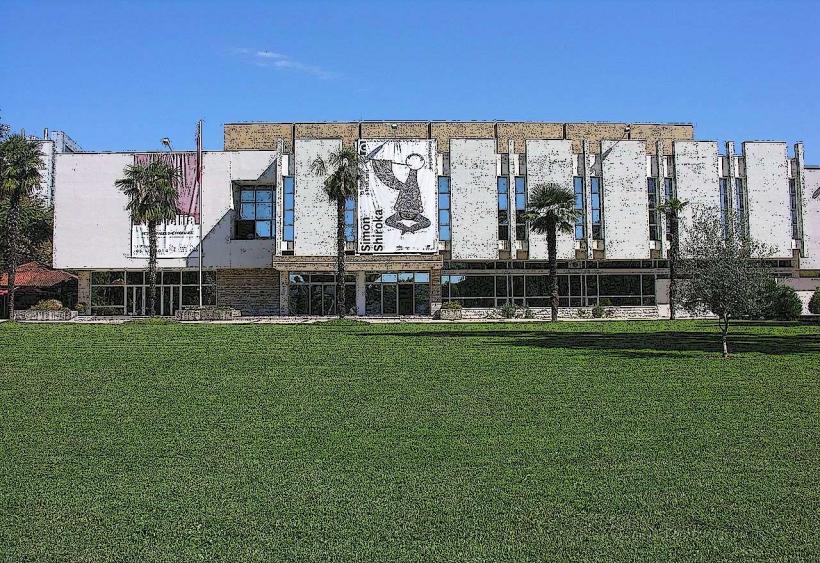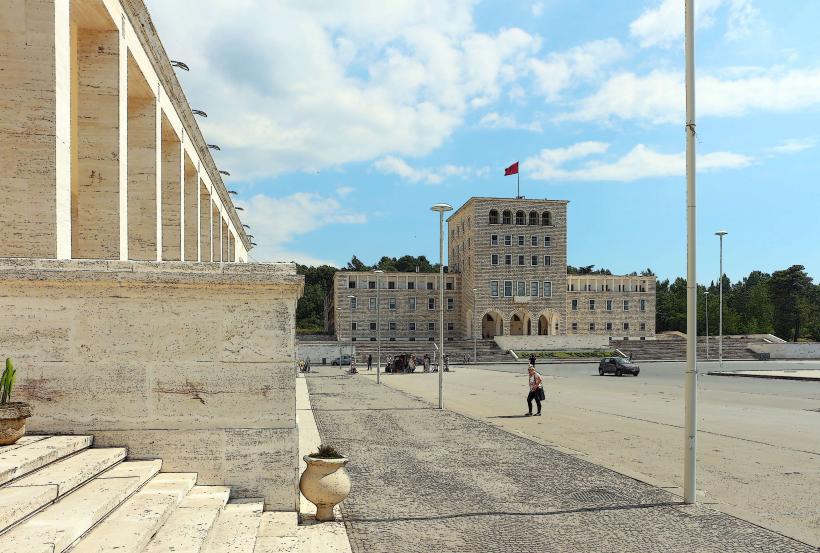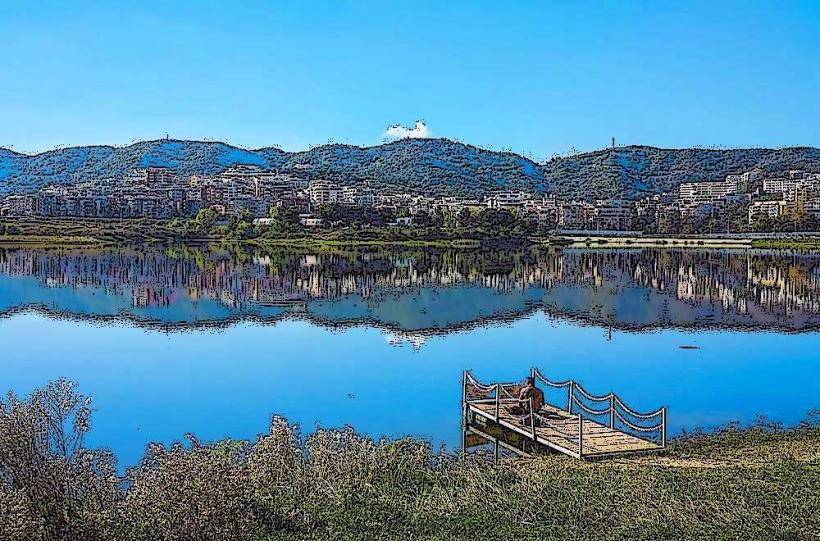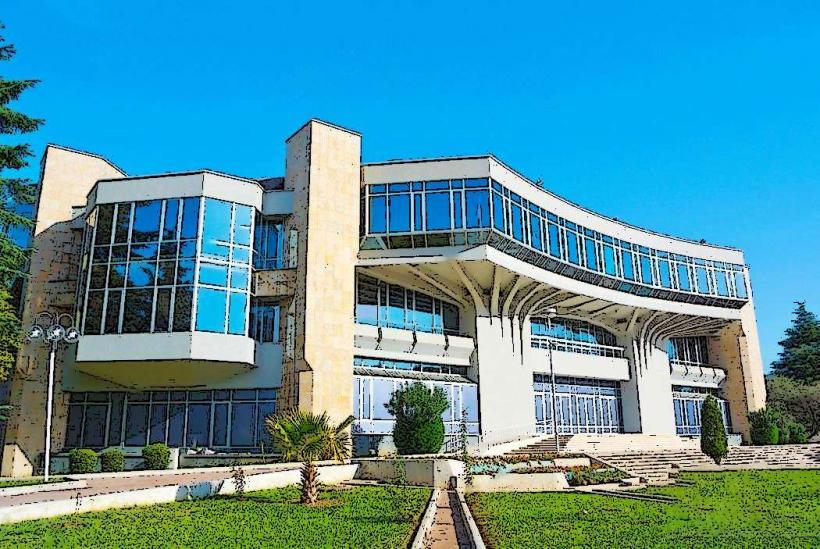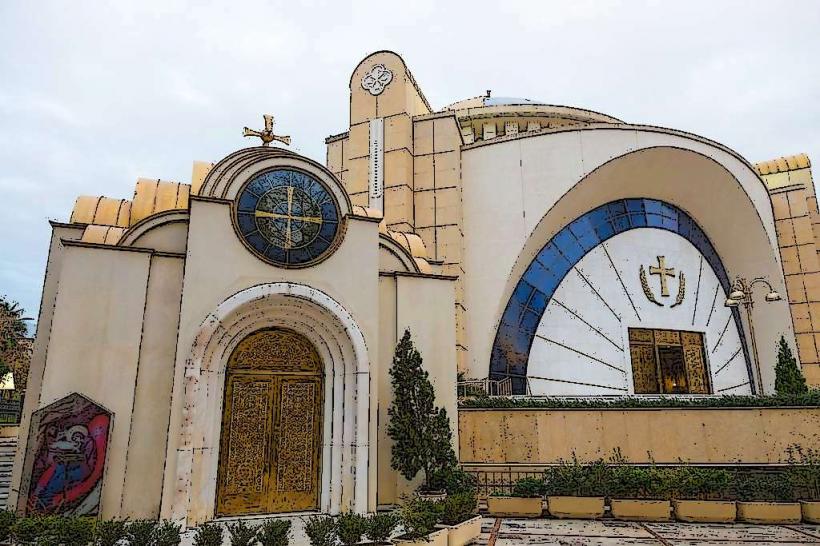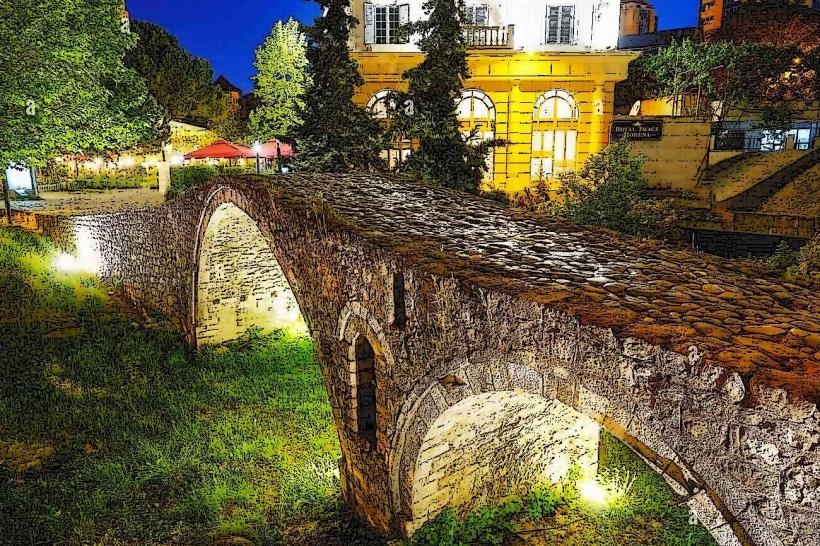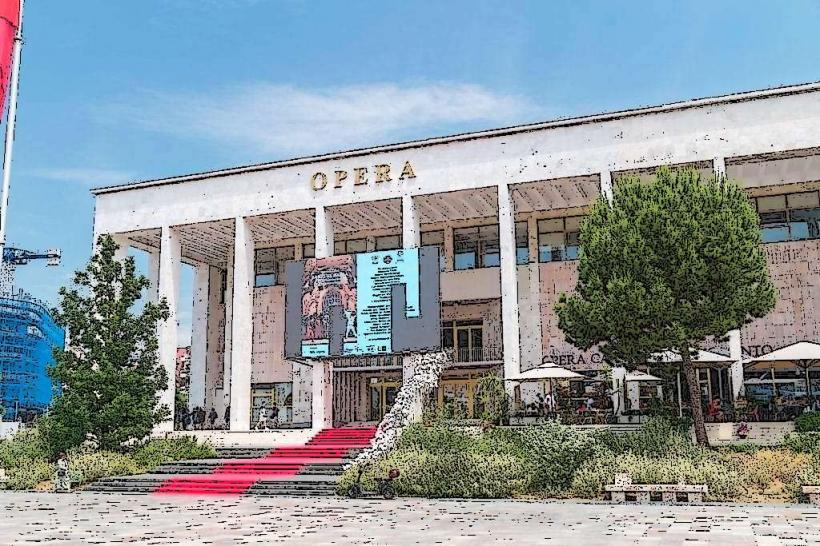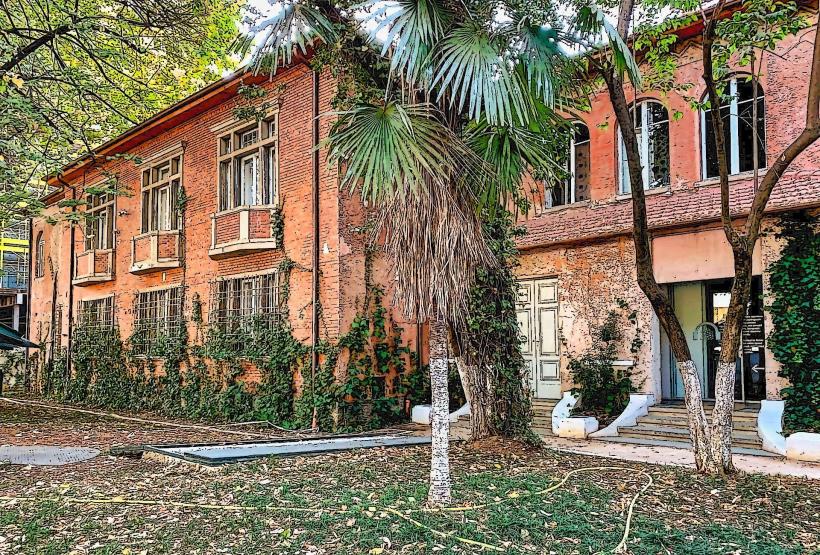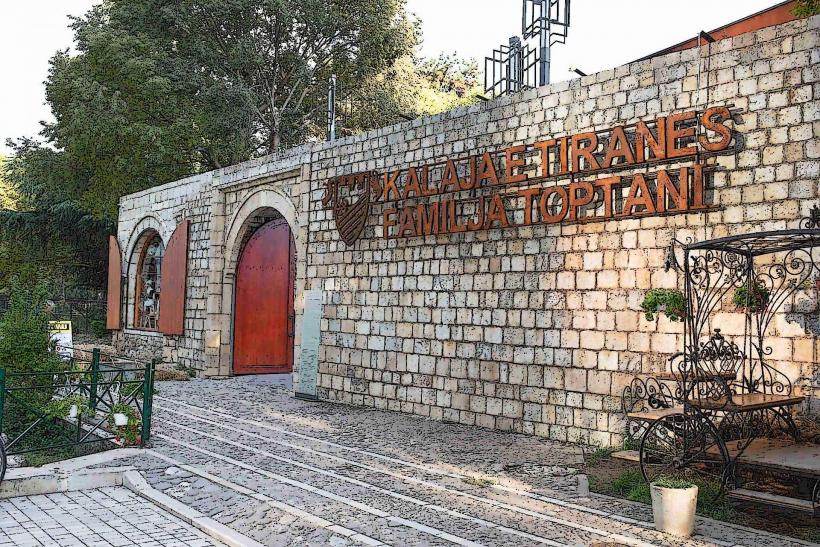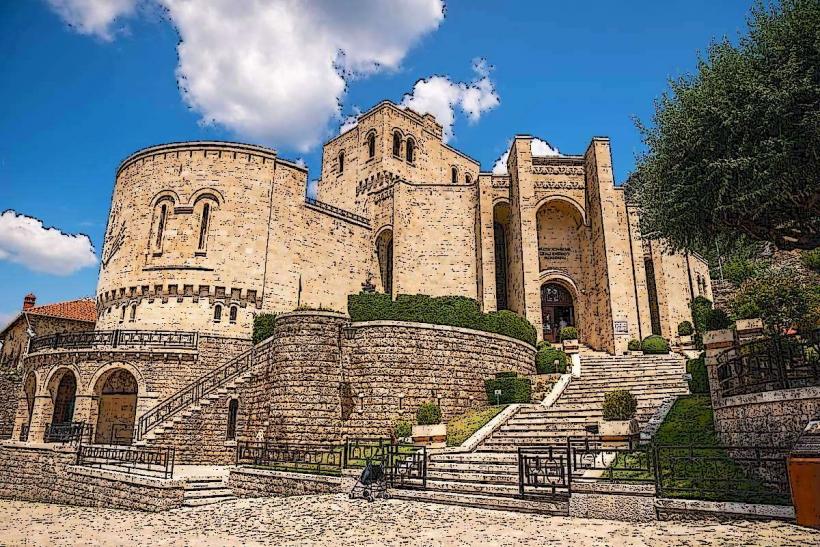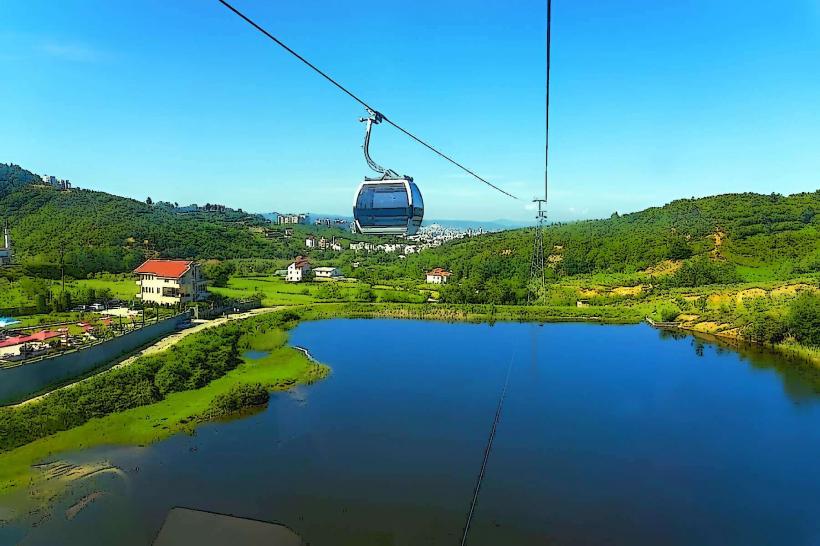Information
Landmark: Presidential PalaceCity: Tirana
Country: Albania
Continent: Europe
The Presidential Palace of Albania (Pallati i Presidencës) is the official residence and office of the President of the Republic of Albania. It is a significant architectural landmark in Tirana, serving as both the administrative center for the Albanian presidency and a symbol of the country's political heritage. The palace is located in a prominent area near the Grand Park of Tirana, close to other government buildings and the Presidential Gardens.
1. Historical Context
The Presidential Palace was built during the Communist era in Albania, when the country was under the rule of Enver Hoxha. It was initially designed as a state residence for the communist leadership and served as the official headquarters of the country’s head of state during the regime. The building's architectural style reflects the socialist-era design trends, with an emphasis on simplicity and functionality rather than ornamental grandeur.
After the fall of communism in the early 1990s, the building underwent significant changes to reflect the new democratic and republican government of Albania. It became the official residence and workplace of the President of Albania, marking a shift in both political and architectural expression, as the country transitioned to a multi-party democracy.
2. Architecture and Design
The Presidential Palace is an example of the late socialist architecture that was common in many parts of Eastern Europe during the mid-20th century. The design is relatively modest, characterized by clean lines and geometric forms, with large windows and minimal decorative features.
The building is constructed with reinforced concrete and incorporates elements of modernism in its use of space and function. The layout of the building includes a series of formal offices and meeting rooms, along with private chambers for the president and their family.
Although the building is not as lavish as other European palaces, it serves its purpose as a dignified and functional residence for Albania’s highest official. It is also surrounded by extensive gardens, which offer a private, tranquil environment for both formal events and personal use.
3. Role and Function
The Presidential Palace serves multiple roles in the Albanian political system. It is the official office of the President, where important state matters are discussed, and formal meetings with both domestic and foreign leaders take place. The building houses several rooms used for official ceremonies, state dinners, and press conferences.
The president’s office is located within the palace, and it is where the head of state conducts daily administrative duties. The palace is also used for hosting foreign dignitaries, making it a central point for Albania's foreign policy.
The gardens surrounding the palace provide a space for official receptions, as well as private moments for the president and their family. The gardens are designed with neat walkways, well-maintained lawns, and greenery that help to create a serene environment for both work and relaxation.
4. Security and Accessibility
The Presidential Palace is a highly secured area, as it houses the head of state. Security protocols are strict, and access to the palace is generally restricted to officials, diplomats, and invited guests. Visitors are not allowed to enter the palace unless they are attending an official event or have been granted special permission.
The surrounding area, including the Presidential Gardens, is typically not open to the general public, though events and celebrations, such as national holidays, may lead to occasional access or ceremonial gatherings in the vicinity.
5. The Role of the President of Albania
The President of Albania is a ceremonial figurehead within the Albanian political system. The president’s powers are defined by the Constitution of Albania and include duties such as representing Albania internationally, nominating the Prime Minister, and overseeing the armed forces. The presidency’s role is largely symbolic, as executive power rests with the Prime Minister and the Albanian government.
Despite the largely ceremonial role, the Presidential Palace remains an important symbol of state authority and national unity in Albania, and the building is often associated with Albania’s aspirations to strengthen its position within the European Union and on the world stage.
6. The Presidential Gardens
The gardens surrounding the palace are an integral part of the estate. These private gardens are meticulously landscaped and include walking paths, flower beds, and green spaces. They offer a peaceful environment, with trees providing ample shade and space for formal receptions and events.
- The gardens have occasionally been used for public events, such as when foreign dignitaries visit or when the government hosts national celebrations. The palace gardens serve as a setting for both official functions and personal retreats, balancing public visibility with private space.
7. Public Perception and Symbolism
The Presidential Palace is one of the most significant landmarks in Tirana and plays a role in Albania’s modern national identity. Although the palace is not as ornate as royal palaces in other European countries, it holds great symbolic value as the home of Albania’s head of state and the center of the country’s government.
The building and its gardens represent Albania's political maturity and the country’s progress from its communist past to a democratic future. The Presidential Palace is a place where Albania's history, both past and present, converges, and it serves as a reminder of the country’s journey toward freedom, sovereignty, and international cooperation.
8. Conclusion
The Presidential Palace of Albania is a key feature of Tirana's political landscape, symbolizing the country’s shift from communist rule to a democratic republic. While not an extravagant or traditional palace, it stands as an important center for Albania’s governance, international relations, and national identity. As the official residence of the President of Albania, it embodies the values of the Albanian state, serving as both a functional workplace and a symbol of the country's aspirations on the world stage.

